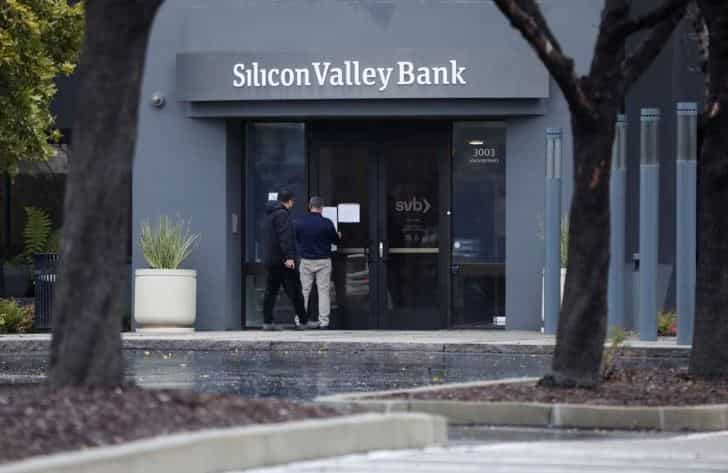In a highly anticipated review of how the central bank failed to properly supervise the bank before it collapsed early last month, the US Fed on Friday said Silicon Valley Bank failed due to a combination of extremely poor bank management, weakened regulations and lax government supervision.
The report, authored by Federal Reserve staff and Michael Barr, the Fed’s vice chair for supervision, takes a critical look at what the Fed missed as Silicon Valley Bank grew quickly in size in the years leading up to its collapse.
The report also points out underlying cultural issues at the Fed, where supervisors were unwilling to be hard on bank management when they saw growing problems.
“The Federal Reserve did not appreciate the seriousness of critical deficiencies in the firm’s governance, liquidity, and interest rate risk management. These judgments meant that Silicon Valley Bank remained well-rated, even as conditions deteriorated and significant risk to the firm’s safety and soundness emerged,? the report said.
The Fed also said, based on its own report, it plans to reexamine how it regulates banks the size of Silicon Valley Bank, which had more than USD 200 billion in assets when it failed.
One criticism that has arisen from Silicon Valley Bank’s failure is that the Fed and other regulators took a lighter approach to supervision for midsize banks following the passage of a 2018 banking law that eased some of the tougher restrictions on the industry after the 2008 financial crisis.
“While higher supervisory and regulatory requirements may not have prevented the firm’s failure, they would likely have bolstered the resilience of Silicon Valley Bank,” the report said.
The Fed is also critical of how the bank managed executive compensation.
The report indicates that executive compensation at the bank was geared toward short-term profits and the stock price.
There were no incentives tied to risk management. Silicon Valley Bank notably had no chief risk officer at the firm for roughly a year, during a time when the bank was growing quickly.
The nation’s banks are regulated by a troika of regulators: the Federal Reserve, the Office of the Comptroller of the Currency and the Federal Deposit Insurance Corporation.
All have been criticised for potentially missing signs that Silicon Valley Bank and Signature Bank might be in trouble.
The Fed’s report, which includes the release of internal reports and Fed communications, is a rare look into how the central bank supervises individual banks as one of the nation’s bank regulators.
Typically such processes are confidential, and rarely seen by the public, but the Fed chose to release these reports to show how the bank was managed up to its failure.
Silicon Valley Bank was the go-to bank for venture capital firms and technology start-ups for years, but failed spectacularly in March, setting off a crisis of confidence for the banking industry.
Federal regulators seized Silicon Valley Bank on March 10 after customers withdrew tens of billions of dollars in deposits in a matter of hours.
Two days later, they seized Signature Bank of New York. Although regulators guaranteed all the banks’ deposits, customers at other midsize regional banks rushed to pull out their money ? often with a few taps on a mobile device ? and move it to the perceived safety of big money center banks such as JPMorgan Chase.
The report also looks at the role social media and technology played in the bank’s last days. While the bank’s management was poor and ultimately that was the reason the bank failed, the report also notes that social media caused a bank run that happened in just hours, compared to days for earlier bank runs like those seen in 2008.
Although the withdrawals have abated at many banks, First Republic Bank in San Francisco appears to be in peril, even after receiving a USD 30 billion infusion of deposits from 11 major banks in March.
The bank’s shares have plunged 57 per cent this week after it revealed the extent to which customers pulled their deposits in the days after Silicon Valley Bank failed.
Barr appeared at two hearings in Congress last month and acknowledged that Federal Reserve bank supervisors had warned Silicon Valley management as early as the fall of 2021 of risks stemming from its business model, but the bank’s managers failed to take the steps necessary to fix the problems.
Republicans at both hearings had criticised federal regulators for failing to act with the proper sense of urgency.
With Agencies Inputs
Stay connected with us on social media platform for instant update click here to join our Twitter, & Facebook
We are now on Telegram. Click here to join our channel (@TechiUpdate) and stay updated with the latest Technology headlines.
For all the latest World News Click Here

